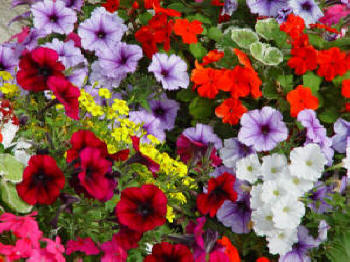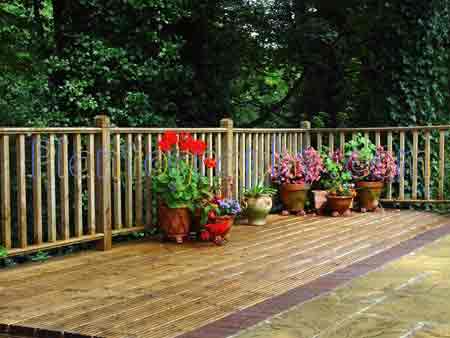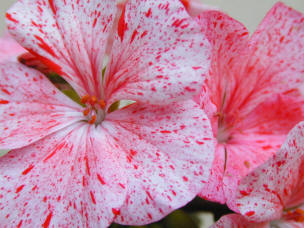Self sown seedlings - your own special plant?
GardenSeeker Ed. - David
Hughes suggests that
'hand-weeding' might repay you
with some special
rewards! Self sown seedlings
are a rich source of new
plants!
Before firing away with
that 'ready to kill'
weedkiller spray you have just
bought, stop and think. For
'weedkiller' substitute the
word 'plant-killer'; for it
can also kill, or seriously
damage, many of your treasured
garden plants that it comes
into contact with. Now that's
o.k. with the larger plants
(and weeds); you're not an
idiot; you can tell the
difference: You only aim at
the weeds - problem solved.
But can you tell the
difference between a weed and
a garden plant when it is no
larger than a half inch
across?
Many garden plants scatter seeds all over the place during late summer and autumn, which germinate in abundance. The little seedlings often over-winter safely, and can turn into glorious additions to your garden. They may be from one of your own plants wishing to perpetuate itself, or a next door neighbours, or from even further away, carried by birds, insects, or the wind.
Perennials often seed themselves, and are a welcome addition to any garden. The same is true of biennials (Foxgloves, Canterbury bells, Forget-me-nots, and many others). They normally scatter their seed, grow into small plants during the summer and autumn, over-winter, and then get moving the following spring ready to flower soon after.
Incidental planting schemes
At Great Comp Garden in Kent, weedkillers are rarely used - even though there are seven acres of ornamental gardens to look after. There are many ground-covering plants of course, but all the weeding is done by hand. In fact Eric Cameron - the man who built Great Comp Garden - is probably happiest with a weeding trowel or fork in his hand and in amongst his plants. He knows the difference between a weed and a `plant' of course and he carefully chooses which seedlings are to be spared.
Some of the `weeds' which have been spared the hoe during the last year, include a magnificent row of Verbena bonariensis, Campanula lactiflora, Althea (Alcea) rosea (Hollyhocks), Oenothera perennis (Evening Primrose), a stunning white form of Digitalis purpureus (Foxglove) and some gorgeous poppies (Papaver somniferum, which in a less respectable life is also the Opium Poppy) and who hasn't had one or more of those in the garden from goodness knows where - It certainly gives a new dimension to the term 'weed' !
After
taking the picture of the poppy seed heads, I
passed by a few days later to find that they had
disappeared. Upon investigation, I found that it
was not a local hippy, but voles and field mice,
which shin up the stems, chop off the seed heads
and scoot off to bury them. (Presumably to have
a feast when they are feeling a bit down in the
mouth)!
Many plants do not come true from seed. Any seedling has the potential to differ from its parent plant, but those from the species and their forms generally come true. This is not the same for seedlings from cultivars and hybrids. (A cultivar is in itself a variant of the normal form of the species, and a difference will often have been noted at the seedling stage.) Distinct variation in seedlings from cultivars and hybrids are often to be found - particularly with the annuals. Biennials on the other hand, show fewer variations - after all, this is the way in which they normally survive from year to year.
Self-seeded
shrubs
are also found with some interesting
variations. I once found 32 Hebe seedlings in a
nursery pot - all seemingly different to the
possible parent. (I say possible parent, for
there were other Hebe types in the vicinity. As
the seedlings were all in the same pot, it is
reasonable to assume that the occupant of the
pot was at least one of the parents - it takes
two you know!) One of these seedlings is now the
proud co-owner of my name - Hebe David Hughes
The remaining 31 were considered unsuitable -
after growing on for two years - and therefore
discarded.
I have also found an interesting Pyracantha seedling, which is `on trial' at present. It originated from the gold berried Pyracantha atalantioides Aurea. However, whilst sharing the same general habit of its parent, the berries start as a shocking pink, developing orange and then on into deepest blood red. Watch this space.
So, get to know what weed seedlings look like before you hack away with hoe, or aim with the weedkiller. (Go careful with the mulching as well) If in doubt, leave them for a few days until you can identify them.
If there is a large batch of 'plant' seedlings, either thin them out or transplant them, pot some up, or let nature take its course. If you do pot them up, don't do what many gardeners advocate, and only pot the largest seedlings. Use some of the smaller ones as well. After all, what would be wrong with discovering a 'dwarf' Foxglove. Even if you don't find a rarity, think of the masses of colour that could be yours for nothing - not to mention the excitement and anticipation.
Perennials and Biennials, which often seed themselves.
Alchemilla mollis
Anemone blanda
Althea (Alcea)
Aquilegia
Astrantia major
Cyclamen (Hardy types)
Dicentra spectabilis
Dianthus
Digitalis
Eryngeum gigantem
Eucomis
Euphorbia spps
Geranium oxianum cvs
Heleborus
Lunaria (Honesty)
Lychnis spps
Mimulus spps
Myosotis
Oenothera
Papaver spps
Primula spps
Pulmonaria saccharata
Saponaria ocymoides
Sedums
Sempervivums
Silene armeria
Verbascum chaixii forms
Viola (incl Pansy)
Shrub seedlings to look out
for.Aucuba Related Articles
Azalea -deciduous
Berberis
Buddleia
Ceratostigma
Chamaecyparis laws.
Cytisus
Hebe
Ilex
Mahonia
Pyracantha
Rhododendrons
Ribes
Ulex
Best Selling Gardening Products
Popular Gardening Sections
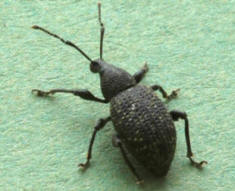
Problems
Identify Weeds in The Garden - How to deal with weeds. Diseases and Pest which harm your garden and plants, learn how to prevent, deter and erradicate your garden problems.
Garden Problems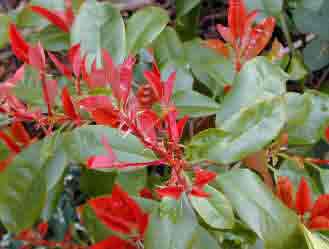
Pruning
Pruning Guide. Shrubs flower better with correct pruning. Many illustrations and examples of what to do - and when. Includes evergreens, roses, flowering shrubs, spring flowering shrubs and pruning for stem effect. This is our most viewed and comprehensive section,
Pruning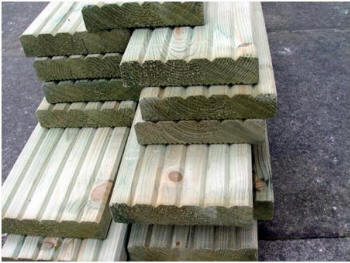
Gardening Businesses
Gardening Businesses listed in the UK counties and USA states. County and State Listings of businesses involved in Garden supplies and services. If you wish to be added to the Directory, please send us your information. Having problems, use the search box
Businesses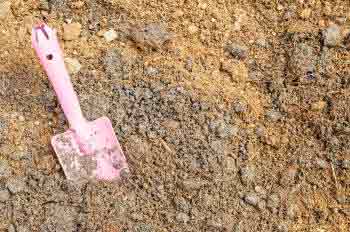
Gardening
In this section you will learn about Gardening Basics, Containers, Landscaping, Propagation and Soil.
Gardening
Gardening Gifts
Gardening Gifts and Reviews, Read Before you Buy
- Gardening Gifts Ideas
- Gifts For Her
- Gifts For Men
- Power Tool Gifts
- Cheap Gifts
- Personalised Gifts
- Wildlife Gifts
- Family Gifts
